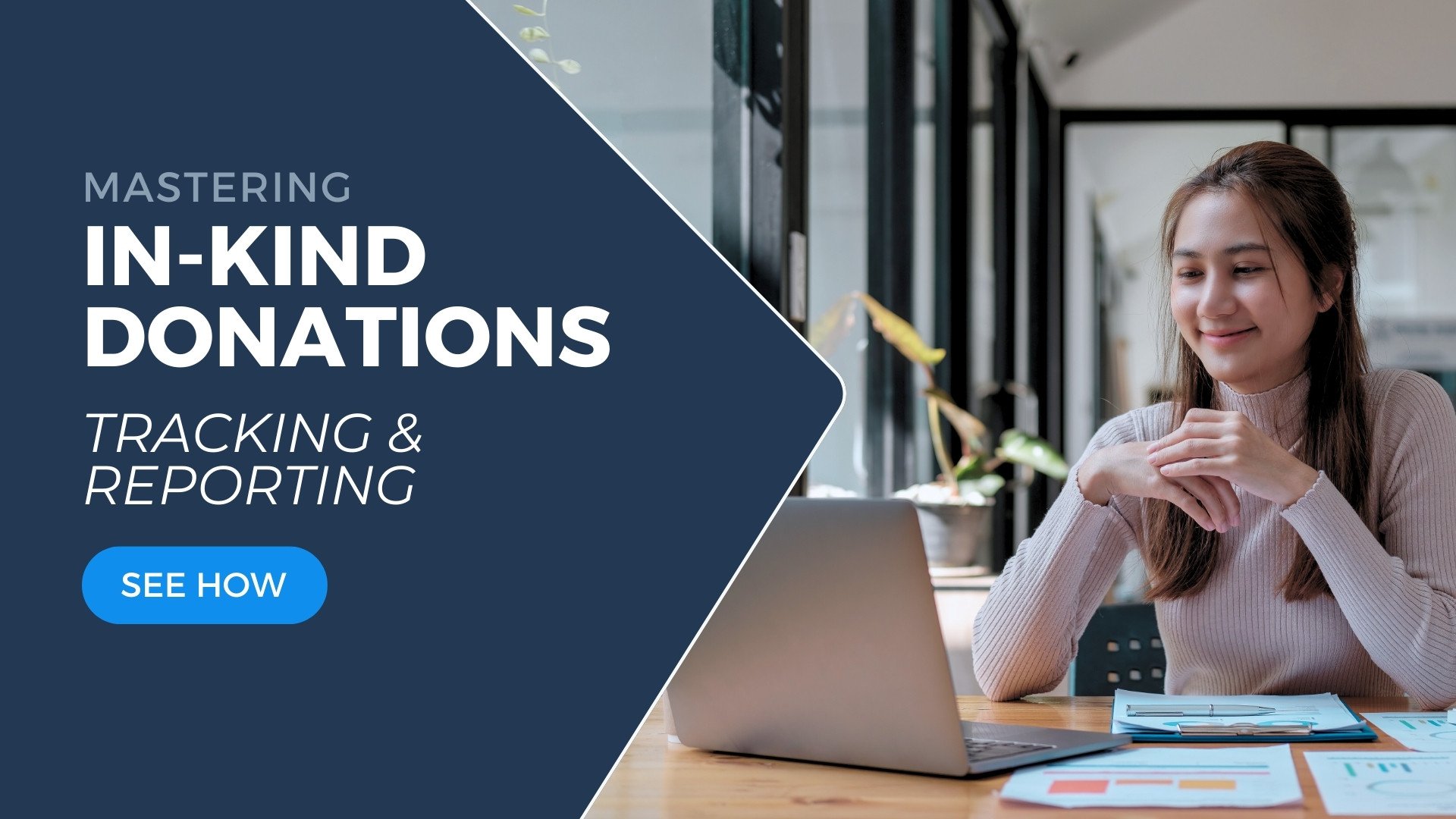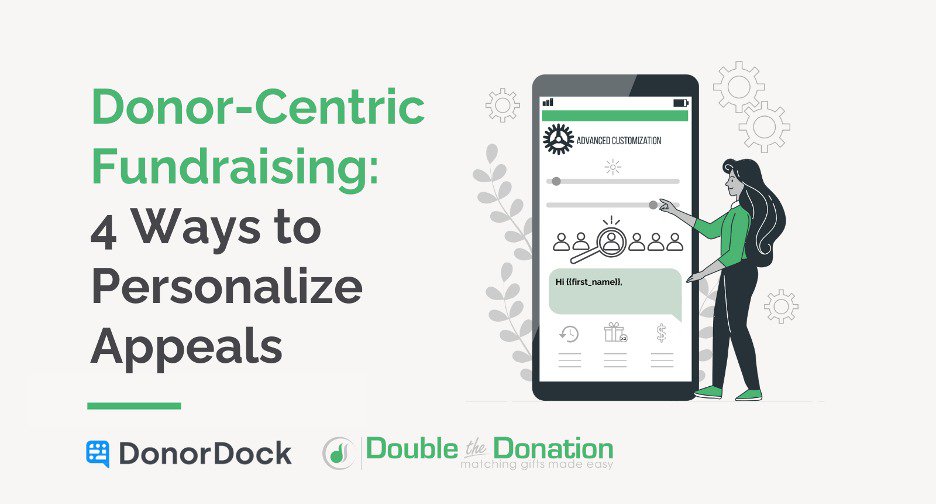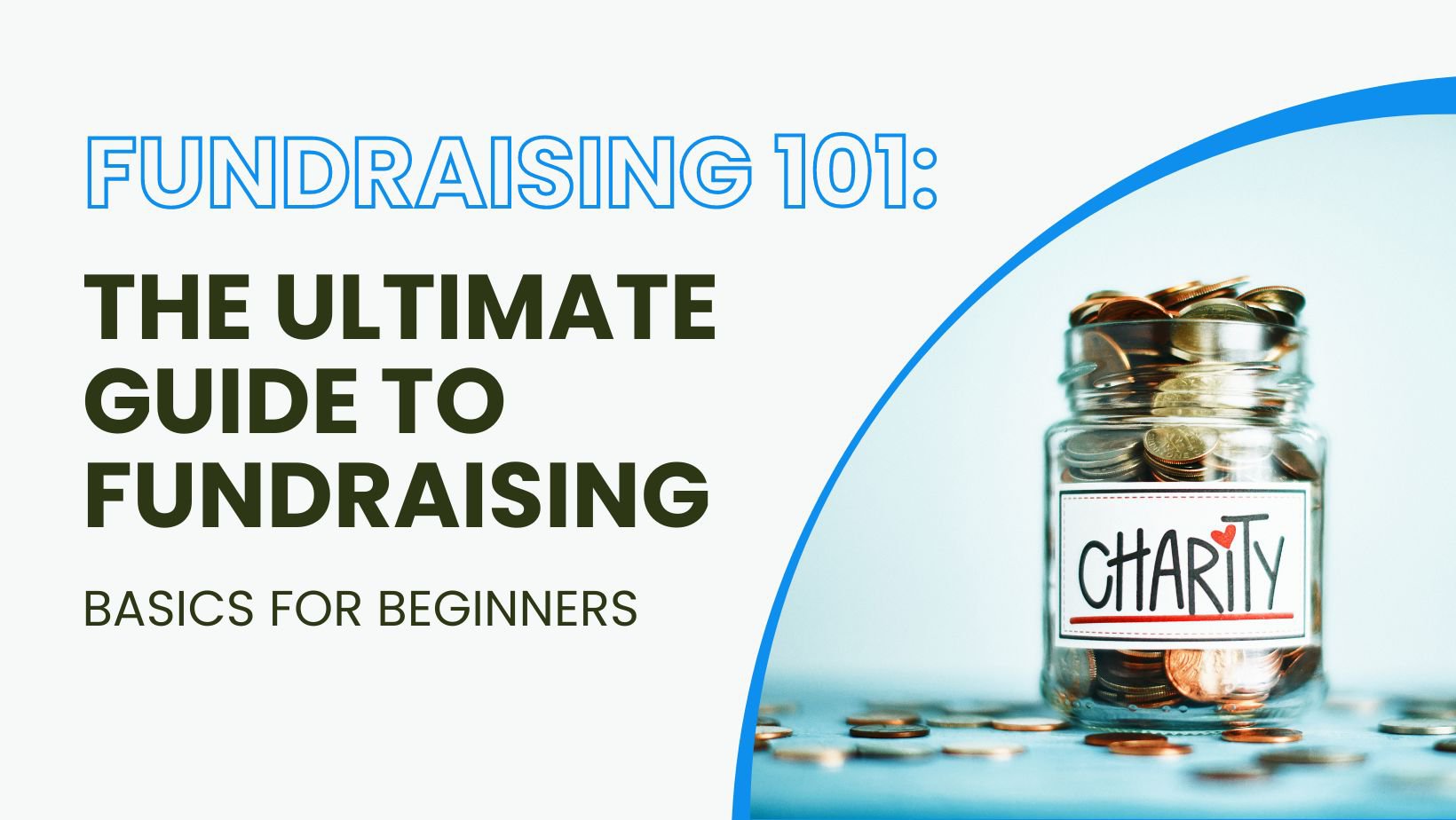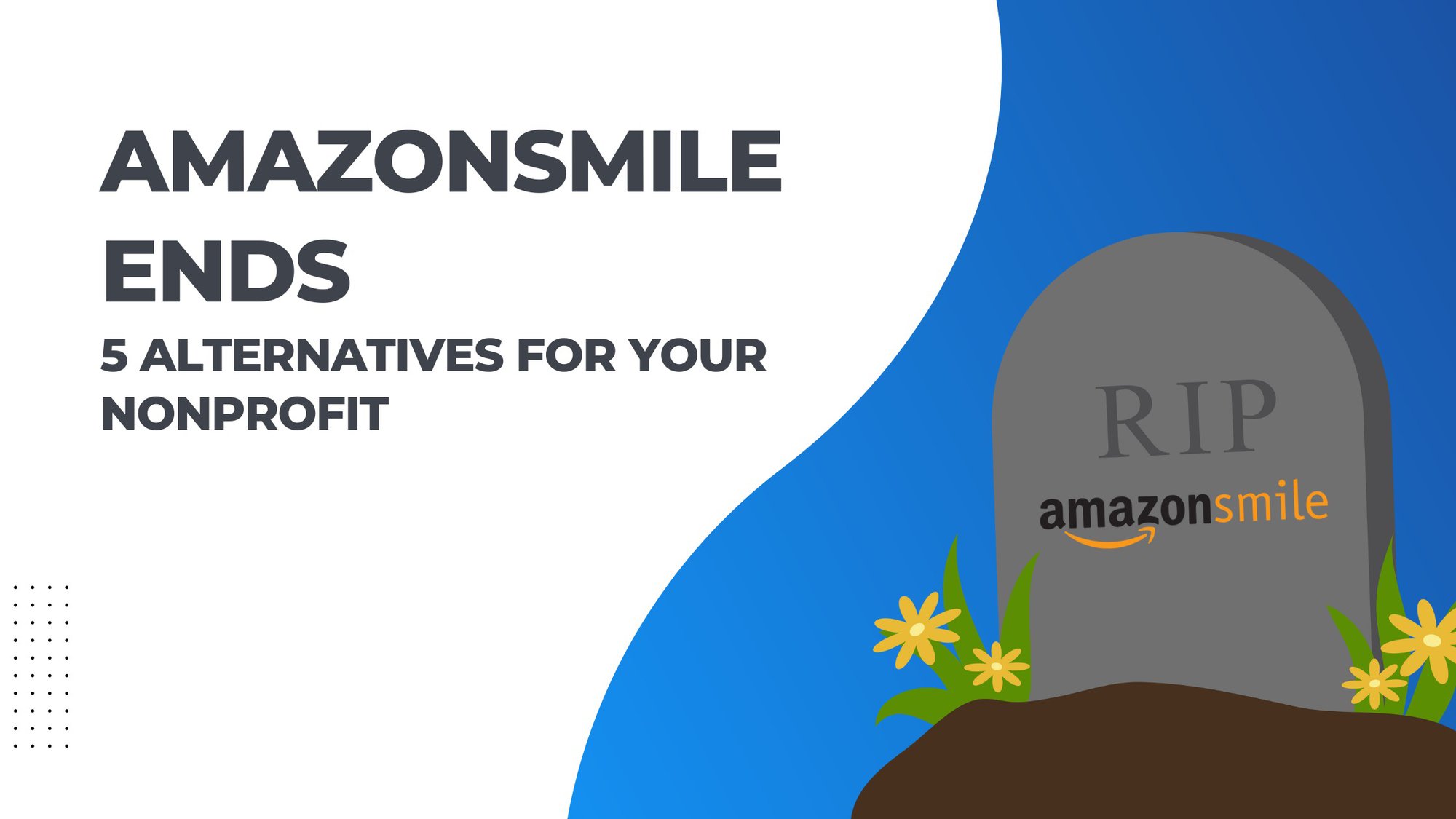In today's digital age, the power of social media for nonprofits cannot be overstated. It's not just about garnering likes or retweets; it's about fostering a vibrant digital community that supports and propels your mission forward. Crafting a successful social media strategy requires a deep understanding of your audience, clear goals, engaging content, and strategic use of available tools.
You're probably familiar with the basics of online presence, but let’s get real about turning those casual clicks into a thriving supporter base. In this article, we’ll look at understanding your donor base and setting measurable goals.
Plus, we'll break down how to ramp up engagement and make content that connects deeply with folks out there. And because social media is a beast of its own, you’ll get expert tips on managing it like a pro while converting followers into fervent supporters.
Ready to boost your nonprofit's digital game? Let’s jump in!
Table of Contents:
- Understanding Your Audience
- Setting Goals for Social Media
- Engaging Nonprofit Donors Social Media
- Content that Connects
- Conclusion
Understand your audience
Knowing who supports your cause is the first step in crafting an effective social media strategy for your nonprofit. Think of your audience as the foundation for your fundraising; without it, everything else crumbles.
When you have a clear picture of who your donors are, where they spend their time online, and their preferences, then you’ll be able to create a social media strategy that resonates with them. Creating donor personas is a critical step to understanding your donors and knowing which channels will be most impactful in sharing your message.
Here’s a free template to help you define who your donors are.

To get started, gather data on current supporters through surveys or analyze engagement on social media platforms. By using a data-driven approach, you'll gain valuable insights into the preferences and digital habits of your audience, which is key to your engagement strategy.
Remember, an actively engaged supporter is more likely to give their time and resources toward your cause.
Another effective method is to analyze successful campaigns done by other nonprofits to identify trends in audience behavior. For example, certain types of content may resonate more strongly with specific demographics. Understanding these nuances allows you to refine your strategy with precision and maximize impact.
Set Clear Goals
Your digital community won't grow overnight—it needs clear goals that align with both short-term initiatives and long-term mission objectives. Start by defining what success looks like: Is it increased donor engagement? More volunteer sign-ups? Whatever those benchmarks are, make sure they're measurable so progress can be tracked over time.
“Clearly define your goals. They should align with your organizational goals so that you can determine your content’s performance against those specific goals and tweak your strategy accordingly.”
-Sarah Suarez on Beyond the Donation Episode 27
Use this SMART Goal Template to help define what your goal is for your social channels.

In setting these goals, start small then scale up as you learn what works best for engaging your unique audience. There’s no one-size-fits-all solution here.
Last but not least: revisit these goals regularly. As your nonprofit evolves and grows, its digital presence changes too—what worked last year might not cut it this year because audiences’ preferences change over time.
The power of social media engagement to build a nonprofit community
Engagement plays an important role in creating a sense of belonging among members of your digital community. An engaged follower is turned from an onlooker to a contributor. And they’ll typically continue to show up if you show them that their voice matters.
Fostering two-way communication with social media
To encourage dialogue between your nonprofit and its community, go beyond only posting updates. Ask for opinions through surveys or polls and shout out specific donors or volunteers to show love for those who support your nonprofit.
Social media channels are also an excellent platform for real-time interaction. Hosting live Q&A sessions is a great way to get folks involved and boost engagement.
These types of posts give your constituents a voice, provide valuable feedback, and encourage engagement. Plus, when you respond quickly to comments and questions, it nurtures a stronger connection with them.
If you're not engaging with your audience online, they feel like you're speaking at them and not with them. And that's not necessarily a community. -Sarah Suarez on Beyond the Donation Episode 27
Measuring Engagement Success
Understanding how well you're connecting with your audience is key to refining your strategy over time. Metrics like engagement rates give insight into how compelling your content is, while tracking link clicks can show what resources or calls to action (CTAs) are most effective.
Digging into these numbers can help you understand what really grabs your community's attention. For instance, posts that include stories from people impacted by your work may get more engagement than general updates about the organization itself. Notice the stories that resonate deeply with your followers and let that guide your content creation.
Content That Connects
The Impact of Authentic Visuals
When we talk about connecting with your audience, nothing does it quite like authentic visuals. In a world of curated Instagram and TikTok accounts, donors are looking for authenticity.
Think of the difference between a stock photo and an image capturing real volunteers in action at your nonprofit. Yes, stock images take less time to find and use, but an image of your nonprofit doing its work builds trust. It nurtures a more profound bond with your supporters.
Posts featuring real people have significantly higher engagement rates than those without. People naturally gravitate towards content that feels authentic and relatable, fostering emotional bonds with the imagery deemed genuine.
Key Takeaway: Keep it real and draw your community closer by giving them a peek at the genuine individuals driving your mission forward, through narratives that spotlight their unique efforts.
Effective Storytelling
Effective storytelling engages followers, but it only works if you’re telling the stories that matter to your followers. For nonprofit social media, storytelling is not just about narrating events; it's about crafting stories that resonate deeply with your audience's values and aspirations.
By weaving together authentic stories of impact, you not only capture attention but also foster a sense of connection and empathy. Whether it's sharing the journey of a beneficiary whose life has been transformed by your organization's work or highlighting the dedication of your volunteers, every story has the power to inspire action and drive meaningful engagement.
Through effective storytelling, nonprofits can cultivate a community of passionate supporters who are invested in their mission and committed to making a difference in the world. By focusing on what truly engages your audience, each post becomes a stepping stone toward fostering a more united and passionate community.
Consistency Matters!
Sarah Suarez, a seasoned social media manager for nonprofits, says that consistency is key. She recommends posting at least three times a week to maintain engagement and keep your mission visible.
“I start my clients off at three times a week. That's where I see growth start. But I also know that not all organizations can sustain that level of posting. You just have to understand that you're not going to grow as fast, and you're not going to see the engagement that you would if you were posting more.”
-Sarah Suarez on Beyond the Donation Episode 27
Effective Calls to Action
Imagine scrolling through social media and seeing a message that not only catches your eye but also compels you to act. That's the power of an effective call to CTA.
To start, make sure your CTA is clear and direct. From subscribing to updates or spreading your message across their social circles, state what you want from your followers. But clarity alone won’t cut it—you need to stir emotion and create urgency too. Phrases like "Join us today" or "Help us make a difference now" move people from passive observers to active participants.
Beyond wording, the placement of your CTA plays a crucial role in its effectiveness. Embedding links within compelling content allows seamless transitions from interest to action.
Using fundraising tools on social platforms
Social media platforms are constantly evolving, offering new tools designed specifically for fundraising efforts by nonprofits. And, while it is easy to see Facebook’s donation button and Instagram’s fundraiser stickers as opportunities waiting at your fingertips, there might be a better way to use social media to make your fundraising asks.
When it comes to driving donations through social media, linking directly to your own online donation forms offers many benefits. By directing supporters to your organization's donation page, you maintain control over the donation process and ensure that funds are securely deposited into your account.
Additionally, linking to your own donation forms allows you to collect valuable donor information, such as email addresses, which can be used for future communications and stewardship efforts. While platforms like Meta (through PayPal Giving Fund) provide convenient donation tools, they may come with limitations, such as restrictions on accessing donor data. Therefore, nonprofits should carefully weigh the pros and cons of using platform-specific donation features versus directing supporters to their own donation pages.
Key Takeaway: Boost engagement and turn followers into active supporters by crafting clear, emotion-stirring calls to action. But, before jumping on the bandwagon of using built-in donation buttons and fundraising tools, consider the actual cost to your nonprofit.
Conclusion
In today's world, being savvy about social media is not optional but vital. In this era, your followers hang out online, making it a treasure trove for nurturing connections and rallying backing.
Kick things off by getting a solid grasp of your audience's identity and needs.
Then set goals that align with your mission.
Social media isn't just another platform; it's where your future supporters hang out. Engage them with authentic, visually appealing stories. Once they start paying attention, captivate them with irresistible CTAs.
Fundamentally, this all circles back to why we do what we do – fostering connections that drive support for causes that matter.
If there's one thing to take away: A solid strategy in place makes building a digital community for nonprofits not just possible but fruitful.
Are you using a donor development platform that helps you cultivate better donor relationships?
Nurture your donor relationships with DonorDock, an easy-to-use Donor Management Platform built for nonprofits like yours. Start for Free Today!
FAQs about Building a Digital Community for Nonprofits
What are the methods to build a digital community?
Start by understanding your audience, then engage them with meaningful content. Use social media wisely and measure what works.
How do you create a non-profit community?
Showcase real stories and impact. Engage through events and online forums. Always be authentic in your communications.
How do I set up an online community?
Pick the right platform for your audience. Create guidelines that foster respect and engagement. Launch with compelling content.
How to build an online community 2024?
Leverage new tech like live streaming, focus on user-generated content, and prioritize accessibility across devices for wider reach.














